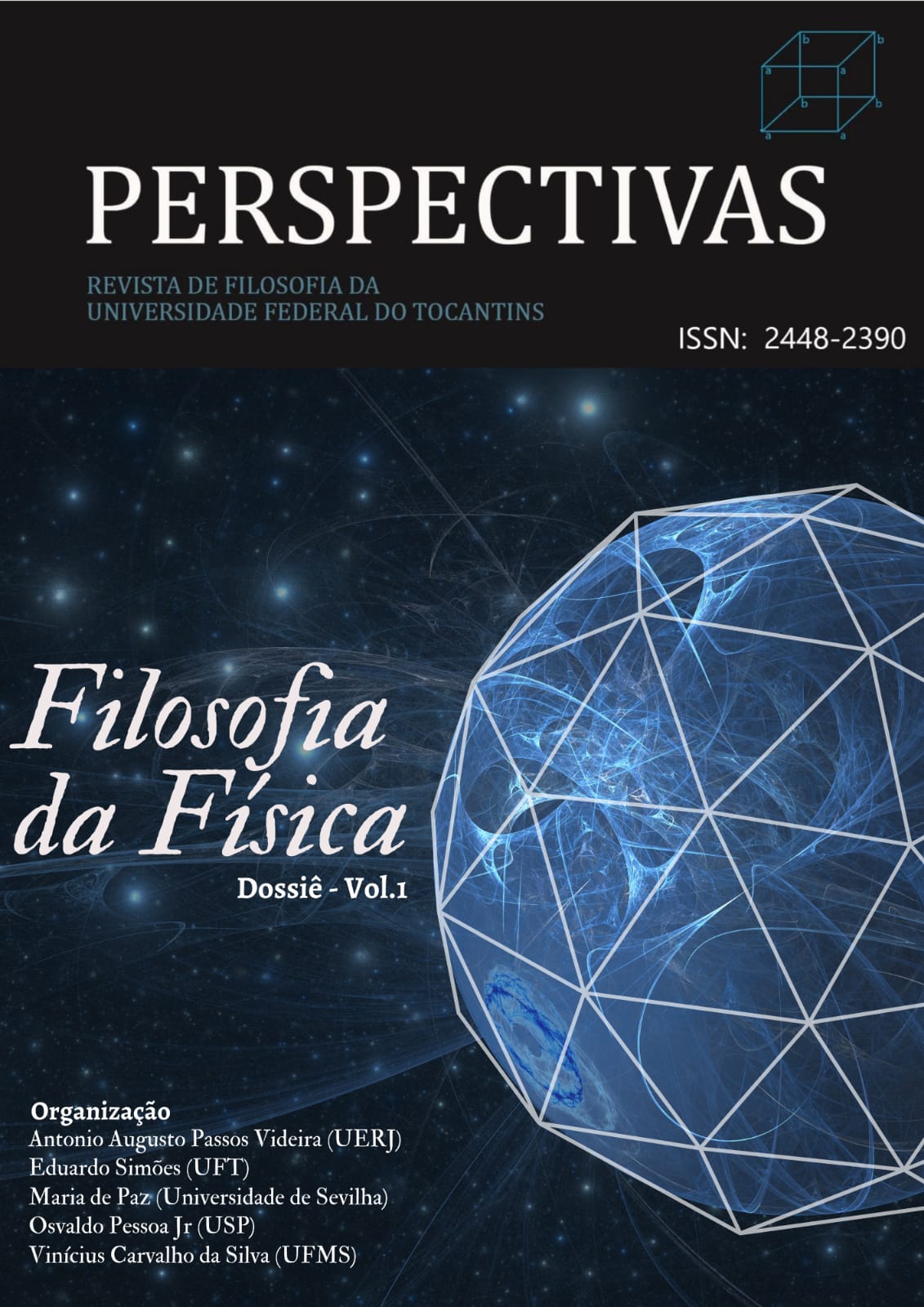Teoría, experiencia y realidad en Albert Einstein
DOI:
https://doi.org/10.20873/rpv7n2-41Abstract
Es bien conocida la posición crítica que Albert Einstein mantuvo frente a la interpretación del nuevo formalismo cuántico que se gestó en torno al Instituto de Física Teórica de Copenhague, dirigido por Niels Bohr, desde la tercera década del siglo XX hasta el fin de sus días. Simplificando la cuestión, suele afirmarse que aquel defendió una concepción realista de la ciencia, a diferencia de físicos como el propio Bohr, Werner Heisenberg, Wolfgang Pauli, también Max Born, y otros. Asimismo, frecuentemente se atribuye esa defensa del realismo científico a posiciones “conservadoras”, en la medida en que no supo adaptarse a las nuevas concepciones que exigía el mundo microfísico.
En el presente artículo se pretende analizar el tipo de realismo preconizado por este eminente científico en el marco de sus convicciones epistemológicas, lo cual permitirá perfilar mejor cuál fue el fondo de su polémica con Bohr y, en general, su interpretación de la mecánica cuántica.
Para ello se comienza analizando la relación entre teoría y experiencia, así como la noción einsteiniana de “realidad”, para pasar después a considerar su modo de concebir la noción de sistema cuántico individual, noción en la que convergen sus principales tesis acerca de la mencionada cuestión de la interpretación de la teoría cuántica.
References
Bächtold, M.: “On Bohr´s Epistemological Contribution to the Quantum-Classical Realism Cut Problems”, en: J. Faye and H.J. Folse (2017), pp. 235-252.
Bitbol, M.: “On Bohr’s Trascendental Research Program”, en: J. Faye and H.J. Folse (2017), pp. 47-66.
Bohr, N. (1934): Theory and the Description of Nature, Cambridge, at the University Press.
---- (1935): “Can Quantum-Mechanical Description of Physical Reality Be Considered Complete?” Physical Review, vol 48, pp. 696-702.
Broglie, L. de (1952) : “La physique quantique restera-t-elle indéterministe?”, en: G. Lochak (ed.) (1987), pp.67-90.
----, (1965): “Les idées qui me guident dans mes recherches”, en: G. Lochak (ed.) (1987), pp. 149-167.
Einstein, A. (1918): “Principles of Research”, Address delivered at a celebration of Max Planck’s sixtieth birthday, en: Einstein (1954), pp. 224-227.
-----, (1933): “On the Method of Theoretical Physics”, The Herbert Spencer Lecture, delivered at Oxford, june, 10, en: Einstein (1954), pp. 270-276.
----, (1936): “Physics and Reality”, The Journal of Franklin Institute, vol. 221, Nº 3, pp. 313-347, en: Ein-stein (1954), pp. 290-323.
----, (1949a): “Autobiographical Notes”, en: P.A. Schilpp (ed.), vol. 1º, pp. 1-95.
----. (1949b): “Remarks to the Essays Appearing in this Collective Volume”, in: P.A. Schilpp (ed.), vol. 2º, pp. 663-688.
----, (1954): Ideas and Opinions, translations by Sonja Bargmann, New York, Crown.
----, (1956): Lettres à Maurice Solovine, París, Gauthiers-Villars, 1956.
Einstein, A.- Podolsky, B.- Rosen, N. (1935): “Can Quantum-Mechanical Description of Physical Reality Be Considered Complete?”. Physical Review, vol. 47, 777-780.
Correspondence Einstein-Born 1916-1955 (1972), trad. par Pierre Leccia, Introduction de B. Russell, Pré-face de W. Heisenberg, Paris, Éditions Seuil.
Faye, J.: “Complementarity and Human Nature”, en: J. Faye and H.J. Folse (2017), pp. 115-132.
Faye, J. and Folse, H.J. (2017): Niels Bohr and the Philosophy of Physics. Twenty-First.Century Perspectives. London, Bloomsbury.
Heisenberg, W. (1989): Encounters with Einstein and other Essays on People, Place and Particles, Princeton, New Jersey, Princeton University Press.
Holton, G. (1982): Ensayos sobre el pensamiento científico en la época de Einstein, Madrid, Alianza Editorial.
Lochak, G. (ed.), (1987): L. de Broglie, un itinéraire scientifique, Paris, Éditions La Decouverte.
Paty, M. (1993): Einstein philosophe, Paris, P.U.F.
Rioja, A. (1992): “La filosofía de la complementariedad y la descripción objetiva de la naturaleza”, Revista de Filosofía, 3ª época, vol. V, Nº 8, pp. 257-282.
Schilpp, P. A. (ed.) (1949): Albert Einstein Philosopher-Scientist, Evaston, III: The Library of Living Philoso-phers, 2 vols.
Schrödinger, E. (1952): Science and Humanism: Physics in Our Time, New York, Cambridge University Press.
----, (1957): “What is a elementary particle”, en: Science Theory and Man, London, George Allen & Unwin LTD, pp. 193-223.
Downloads
Published
Versions
- 2023-04-13 (4)
- 2023-04-13 (3)
- 2023-01-23 (2)
- 2023-01-08 (1)
How to Cite
Issue
Section
License
Copyright (c) 2023 Ana Rioja Nieto

This work is licensed under a Creative Commons Attribution 4.0 International License.
The Magazine is under the Creative Commons Attribution 4.0 International Public License (CC BY 4.0), according to which:
1) The authors retain the copyright and grant the journal the right of first publication, with the work simultaneously licensed under the Creative Commons Attribution which allows the sharing of articles published with the recognition of authorship and initial publication in this journal.
2) Authors are authorized to enter into additional contracts separately for distribution of the version of the work published in this journal, as long as there is recognition of authorship and initial publication in Perspectivas.
3) Authors are authorized and encouraged to disseminate published texts with proper references to the journal and its authors.





















